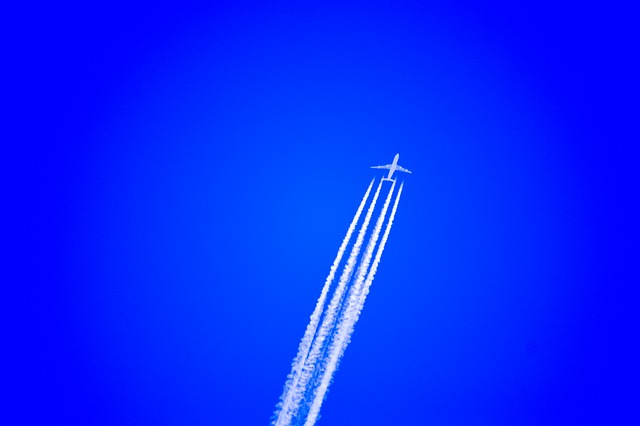Why do jet airplanes leave white trails in the sky?
Jets create white trails, or contrails, in their wakes for the same reason that you can see your breath from time to time. The hot, humid exhaust from jet engines interacts with the atmosphere, which has a significantly lower vapor pressure and temperature at high altitude than the exhaust gas. The water vapor in the jet exhaust condenses and may freeze, forming a cloud remarkably similar to the one formed by your hot breath on a cold day. Carbon dioxide, sulfur and nitrogen oxides, unburned fuel, soot and metal particles, and water vapor are all found in jet engine exhaust. The soot acts as a condensation location for water vapor. Any particles in the air serve as additional locations.
Contrails can vary in thickness, extent, and duration depending on a plane's altitude as well as the temperature and humidity of the environment. The characteristics and persistence of jet contrails can be utilized to forecast weather. A thin, short-lived contrail signifies low-humidity air at high altitude, indicating good weather, but a thick, long-lasting contrail reflects humid air at high elevations and can be an early warning sign of a storm. The mixing gases in the contrail spin in relation to the surrounding air. Vortices are these areas of whirling flow. (Any sharp surface, such as the tip of a wing, can create vortical flow in its wake if it is big enough or the flow is rapid enough.) These following vortices may occasionally interact with one another.
















